The idea of a decentralized trading platform managed by manufacturers in their own interests came to the CEO of Hamster Marketplace LLP, Russian entrepreneur and electronics manufacturer Denis Bulavin, when he was setting up sales channels for his primary product, the children’s tablet PlayPad, which is produced in Russia. In his work in the niche electronics segment, he saw the demand for a platform that would allow other independent manufacturers find their buyers and increase sales without engaging in the costly struggle for the limited number of spots on the shelves and shop windows of marketplaces featuring major vendors and manufacturers of unoriginal goods, whose target audiences may be entirely different.
What to Do When You Discover You’re in a Niche
The difficulty level of promoting a niche product directly depends on the niche’s status within the market:
- established niche: has been discovered, is well known; the primary target audience has gathered and there are known, operational tools for reaching it. Typically occupied by a more-or-less constant set of competing manufacturers.
- young niche: has been discovered, is known to a limited extent; the target audience is known, but not structured, and the tools for reaching it are known. The array of products is in flux; new manufacturers with competing products are constantly entering the market.
- fresh niche: has been discovered, but is not widely known or known at all; the primary target audience has not been studied, and the tools for reaching it have not yet been created or made operational. May be occupied by a single manufacturer whose product/invention was what discovered/created this niche, or by a couple quick-moving adopters/authors of parallel inventions/discoveries.
The greatest difficulties in this hierarchy are faced by manufacturers of unique products that, being discoveries or inventions, create niche that had not previously existed and that now exists in a state of “primordial soup,” where the product’s target audience is scattered or clustered, without ties between individual members. Marketing experts have no centralized tools to interact with it, and the efforts to find buyers begins with finding a way to give as much PR visibility as possible to the very fact that the unique product and niche have come into being. This promotional work becomes unmanageable for the manufacturer if it does not have extremely powerful and unique resources.
For example, Apple had no difficulty achieving maximum exposure, allowing it to immediately pull in the primary target audience to the niche created with the invention of the iPhone. The reason for this was the unique market position it occupied as a result of the success of its previous product, the iPod. Even global vendors fall short, as Apple itself did with the Newton PDA 14 years prior, not to mention small independent (indie) manufacturers and “garage startups” with just 1-2 people.
For a fresh niche, this task often includes a multitude of unknowns:
- even the product’s target audience may be unknown – there have been plenty of cases when a new invention is used by a different group of people than that for which it was intended;
- the tools for reaching the audience are unknown or do not work.
Newbie products experience the paradox of the “lemon-squeezing net,” a product whose idea almost anyone can appreciate immediately, but which cannot be marketed using the principal marketing tools like SEO or context, simply because no one knows about the net’s existence yet, and no one has thought, “how about I look for a thing that would prevent seeds from falling in my tea when I squeeze lemon into it.”
Vendors in a young niche also face quite a few difficulties, since even though their target audience is known, it is scattered across other sectors (for example, the target audience for PlayPad children’s tablets is a percentage of the “parents with small children” market segment). The tools for accessing the segment are generally known and operational, but “fishing out” the proper share requires either sorting through by hand, or sifting the entire segment through a “fine mesh,” which means spending money to market to an audience up to a hundred times greater than the target. That’s the price for creating a niche. To the majority of indie projects, it’s too much to handle. This is why manufacturers in a young niche remain local: they simply don’t have the resources to “sort” or “sift” on a global scale. Nonetheless, yesterday’s invention by a solitary inventor could become a global product as early as today.
How Inventions Achieve Global Success
The transformation to global product typically takes one of the following routes:
- the product goes viral. The source for the viral spinning-up of almost any invention is typically in its early adopters: get-up-and-go kinds of people with whom the new products somehow resonated so intensely, that waves of attention started emanating to everyone around them, until they covered the entire globe. That, for example, is what happened with Pebble watches after a successful Kickstarter crowdfunding campaign. To a large extent, it was due to Pebble that the smartwatch niche is now assuredly transforming from young to established.
Of course, inventions went viral before Kickstarter was created, and even before the very concepts of “crowdfunding” or “going viral.” However, the concentration of early adopters of various projects in one place, like at Kickstarter and other places, creates a powerful synergy that increases any given project’s change of global fame instead of complete oblivion.
- the project was featured in a global showcase or marketplace. The biographical film Joy (2015) does a good job of showing the marketplace effect, using the global showcase of that time, the infomercial. The main character’s invention, a self-wringing mop, fails at first due to poor positioning (the first problem in a fresh niche is no knowing the target audience), and only on the second try does it generate instant demand on a national scale, thanks to a more successful infomercial presentation. As was true in the past with infomercial and major retail chains, now the biggest online marketplaces can, by virtue of one image on screen, or one placement on the shelves or main page, transform one housewife’s homemade mop into the basis for a multi-million-dollar business empire.
- the global context changes. We will not go into this scenario, due to its unmanageable, uncontrollable, and unpredictable nature. We just have to mention it for a complete picture.
Where Do the Unlucky Inventions Go?
Kickstarter was the first to give a centralized look at the scale of inventiveness in the world: this one platform has already seen over 131 thousand successfully funded projects. But by the same token it can also be seen as a rundown of failures: how many of those projects became viral, global products? How many of them at least went beyond supplying a single batch of the product to their backers? How many of them were successful on global marketplaces?
Reaching stable sales volumes on a major online marketplace means ascending to a new level, and many nascent vendors simply don’t make it. Even entering the existing major e-commerce platforms is not an option for all projects.
Small and just-starting vendors on Amazon face:
- massive competition and a huge number of products;
- an orientation primarily toward the US market (instead of the global market);
- dependence on the number of positive reviews;
- the need to buy advertising, otherwise the product can’t be promoted.
On AliExpress, on the other hand, they drown among the unoriginal, low-quality, identical goods that have flooded practically every category by the dozen, hundred, and thousand.
Meanwhile, for consumers the electronic retail market situation results in a 35–300% markup on products by middlemen, fewer new manufacturers on the market, and a lack of information about interesting and useful new products, if their manufacturers were unable to rise above the new-invention level at Kickstarter or elsewhere.
Between Kickstarter and Amazon: Where Hamster Marketplace Will Take Its Place
It is in this market niche, between Kickstarter and Amazon, previously a purgatory for good ideas, that the Hamster Marketplace retail platform will take its place.
At its launch, Hamster Marketplace will be oriented toward manufacturers of indie electronics (starting with exclusive handmade DIY kits, the demand for which is potentially as high as the exorbitant cost to promote so niche a product) and gadgets. In the future, the platform may expand to include non-electronic goods showing clear growth potential upon being promoted to the Hamster Marketplace audience.
The Marketplace As Incubator: From DIY to the Factory, From the Local Market to the Global
Projects “between Kickstarter and Amazon” may have different scopes, but the same problem: a ceiling they can’t break through.
Some are unable to transition from “garage startup” to functional manufacturer, while others failed to enter global markets and remained local players.
Hamster Marketplace can help both, thanks to its unique concept as a decentralized global retail platform with no middlemen, managed by the manufacturers themselves, offering something of value to both manufacturers and buyers:
- launching and growing sales on Hamster Marketplace will be doable for small, niche, and even just-starting manufacturers of innovative electronics and gadgets, from DIY to small factories;
- meanwhile, buyers will gain access to unique goods that they would never have discovered in the chaos of other marketplaces, at actually manufacturer-set prices, with the minimum markup necessary for the platform itself to operate and develop.
Four Pillars of Success: Why We Believe in Hamster Marketplace
Because this is a platform:
- For exclusive niche goods, i.e. a platform that works to expand the variety of new ideas and offerings, but avoids getting cluttered with identical, overused goods and various clones of the same thing;
- That, thanks to its specialization, attracts the necessary target audience, expanding the network of a project’s early adopters;
- That operates as a non-profit, which means it is less expensive for vendors than any other marketplace, at least by the margin set by the marketplace owners;
- Occupying a niche that the large marketplaces have already irreversibly outgrown.
Fundraising for Hamster Marketplace
In order to fund the creation and launch of the retail platform, Hamster Marketplace LLP is organizing and conducting a crowdfunding campaign through a token offering.
The funds raised will go toward:
- the launch and development of the Hamster Marketplace IT platform as a website and mobile app;
- attracting vendors of innovative electronics and gadgets;
- attracting buyers interested in acquiring unique products.
Being oriented toward the sale of indie-manufactured goods, Hamster Marketplace plans to attract buyers through the most effective channels for the corresponding audience segment: the readers, users, and active users of crowdfunding platforms like Kickstarter, Indigogo, and others. Attracting “hot leads” from there to Hamster Marketplace will cost no more than $5.6-7 per buyer; new buyers will also come through the captive audience of projects that have made it to Hamster Marketplace. The average number of backers (users who fund a given product on Kickstarter) is about 1400 per project. When shifting to Hamster Marketplace, projects will also bring over the client base, which will then see the other interesting projects in our space.
Hamster Marketplace is a project that utilizes the advantages of blockchain technology to create a decentralized trading platform. The platform will specialize in the sale of niche indie-electronics from small manufacturers. In the future, the plan is to expand the marketplace assortment through exclusive products from other categories. The project’s ICO will be held from February 19th to March 19th. In total, it is planned to issue 10 million tokens, undistributed coins will be destroyed after the issue is completed. Tokens will be created on the basis of the Ethereum ERC20 standard, the cost of one coin will be $2. You can purchase HMT tokens for Bitcoin, Ethereum, Ripple and other widespread crypto currencies.
 In the future, traditional education won’t be where we will look when we want to improve our list of expertise, according to a new blockchain technology company called Skyllz.
In the future, traditional education won’t be where we will look when we want to improve our list of expertise, according to a new blockchain technology company called Skyllz.
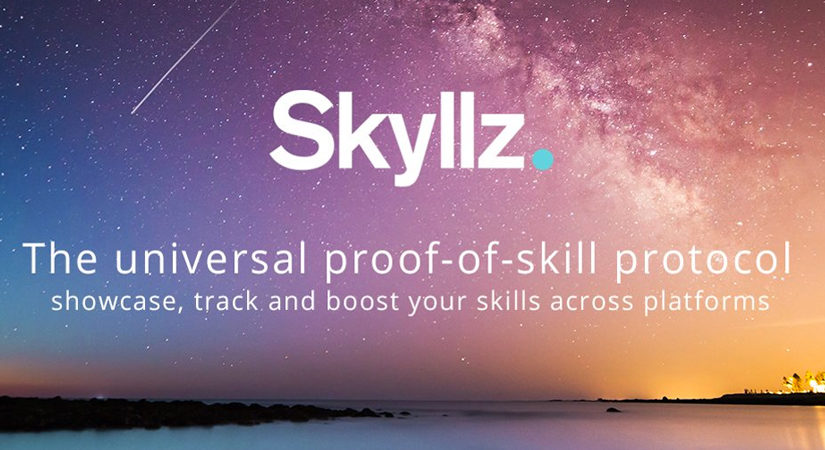
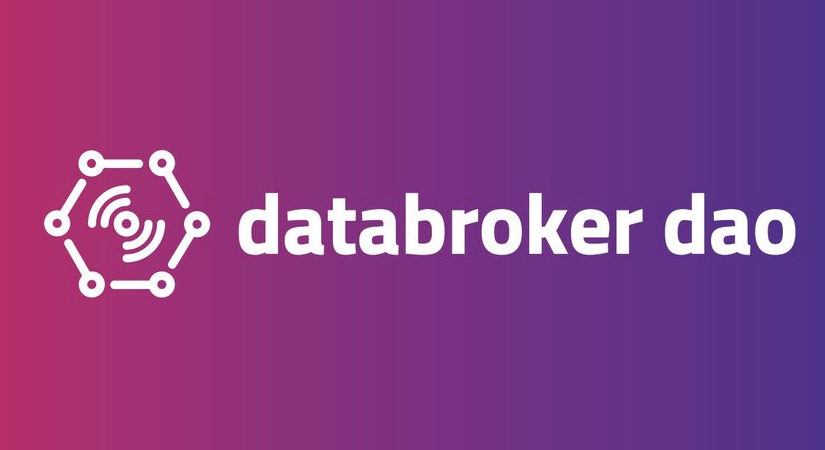
 Databroker DAO
Databroker DAO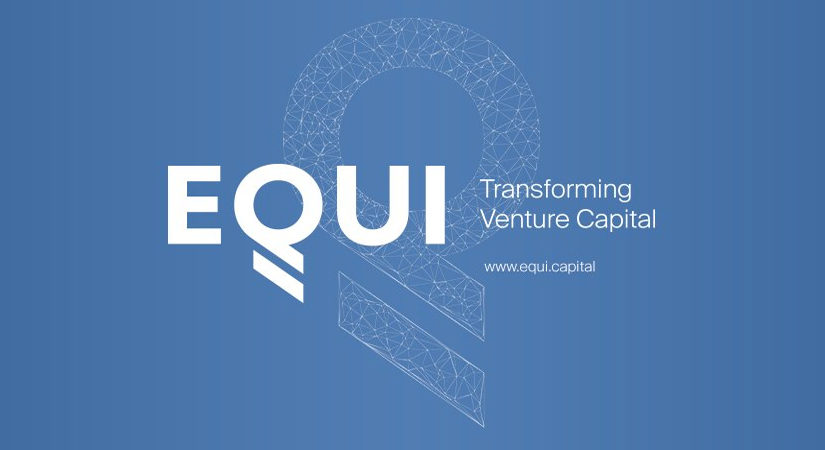
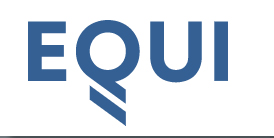 EQUI
EQUI

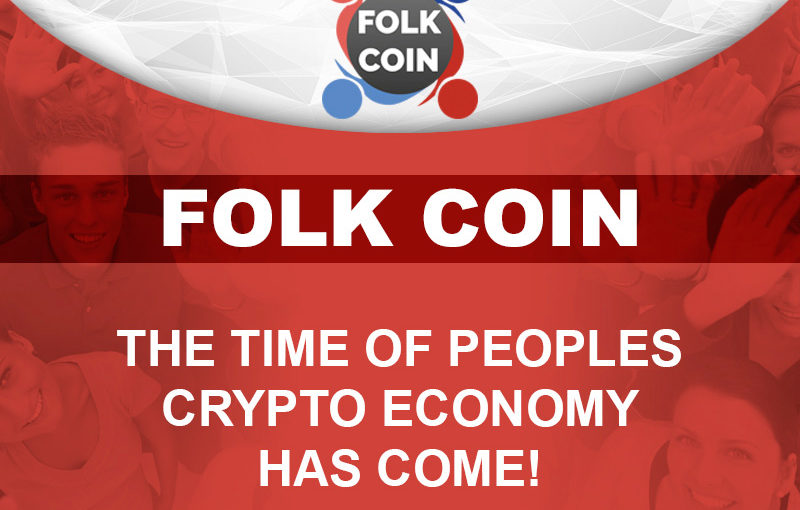
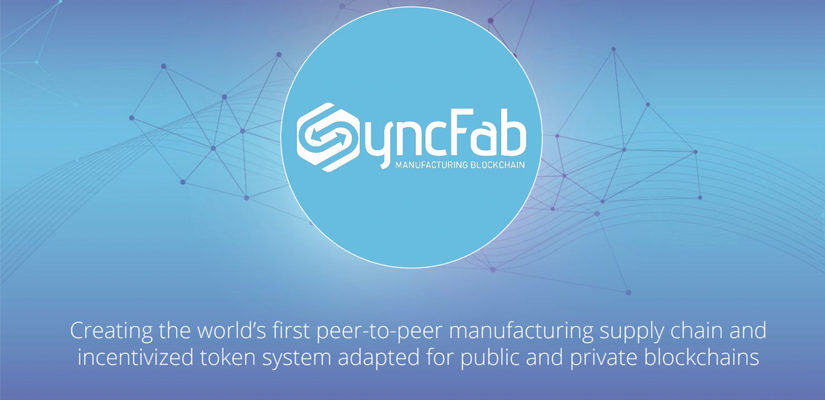
 As the global manufacturing market grows, those within the industry are constantly on the lookout for better ways to do business.
As the global manufacturing market grows, those within the industry are constantly on the lookout for better ways to do business.

